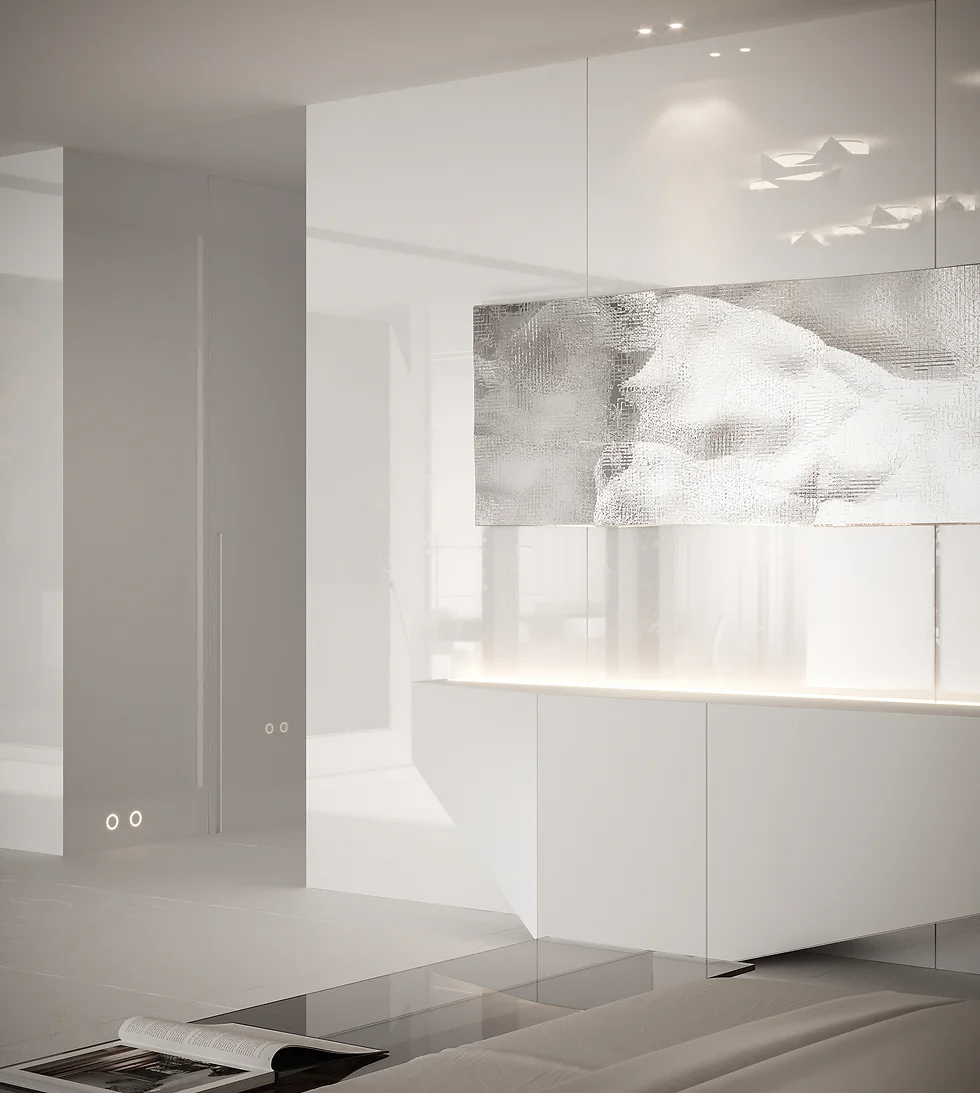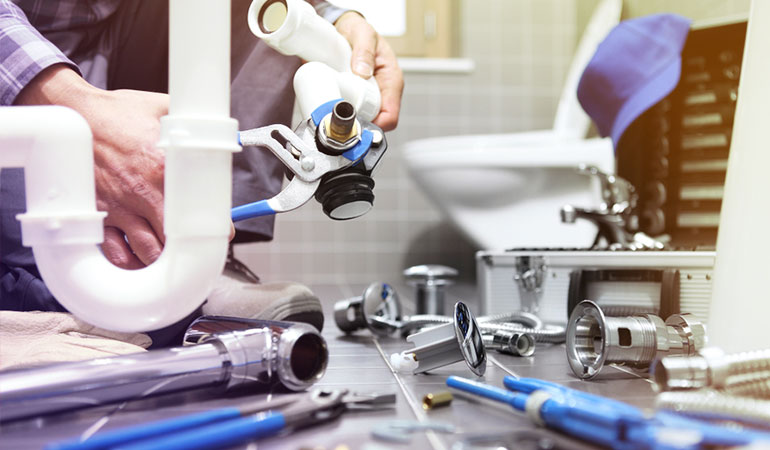
Using Guard Houses to Bolster Workplace Security
AlexJones
- 0
- 465
With global and public eye concentrating on violent attacks both domestic and abroad, many companies and corporations have looked for a better way to provide protection for their employees and their business as a whole. Certain organizations immediately raise their red flag when security risks arise: airports, government buildings, schools, and hospitals. And their reactions seem very fair and honest. After all, these places typically have a lot of public traffic, high profile people or contemporary houses sensitive information. However, other industries, for whatever reason, do not seem to quite follow suit… The National Criminal Justice Reference Service shows the average number of employees per security officer for a number of different industries.
Industries with a lot of public foot traffic (arenas, entertainment, and casinos) “beef up” their security with 1 security officer for every 38 employees. But the companies in the Transportation, Logistics, Warehousing, & Supply Chain sector have 1 security officer for every 417 employees, showing by far the greatest disparity of any industry surveyed. Not only does this leave a minimal amount of security for employees, but also, leaves little protection for all of the valuable inventory and equipment these facilities hold. So, what kind of benefits would these companies see from increasing their facilities’ security? What kind of security systems would they put into place, and how could they do it? These are all questions that we will focus on and discover an answer for in this post! So let’s get to it!
Access Control
In the realm of protection for businesses and corporations, one of the most prominent and probably the most obvious form of security is physical security. Physical security, as you might have guessed, will typically be anything that protects your facility’s people, property, programs, or data which includes vandalism, theft, and even acts of terrorism. Of these “physical security” measures, one of the most prominent is what is known as “access control.” This practice allows for a facility to control who goes in and goes out of the property. In fact, for school systems, access control is the number one most commonly practiced form of physical security (Source: National Center for Education Statistics).
The main reason access control is such a popular and effective method of physical security is that it allows you to properly log all facility traffic, almost like an accounting department. Every entry into your facility must first be approved then will require a corresponding exit, like credits and debits in an accounting book. As long as your book is balanced at the end of the day, everything is perfect, but if there is an imbalance you will be able to spot it and correct it quickly, thanks to using access control. However, the most important part of access control is being able to actively deny someone access. Facilities that only have a main gate do not necessarily have this ability due to “piggybacking” which occurs when another person slips in while a security gate is open for an authorized person. So what is the best method of controlled access to ensure no one can slip through the cracks?
To ensure that your organization can prevent “piggybacking” into your facility, further steps must be taken in the form of at least one security officer and a guard house to be used as the main security checkpoint in you access control system. In most cases, having active security personnel at your main gate will be enough to dissuade potential intruders as a form of a psychological barrier to entrance. In the case of someone does still attempt to gain access to your facility, your security officer will be in perfect position to safely stop the individual. If security is unable to stop the intruder, they will still be able to alert the facility and the authorities, so the facility can be put on lockdown and help would arrive shortly (assuming your guards are unarmed).
Perhaps the greatest benefit to having a guard house and security officer is the psychological impact. We mentioned earlier that just the presence of a guard house can potentially stop an intruder before they even decide to gain access to your facility. But more importantly, these features offer peace of mind to all of the members of your facility, which can be invaluable to your company’s environment and wellbeing. But, as we all know, there are other ways for a person to gain access to your facility besides the main entrance, and there will sometimes be undesirable ongoings in your facility that your security officer will not be able to see.
Using Your Guard Booth as Video Surveillance Center
In order to keep the rest of your facility in check, installing a video surveillance system inside your guard house will provide you with a constant assessment of the entire property, as extensively as you want. When most criminals are looking to stealthily gain access to a facility, they look for those areas with the least amount of light and the least amount of foot traffic (obviously steering clear from the guard house).
This way, the intruder will have the greatest chance of getting into and out of your facility without even being noticed. But, with a surveillance system, you can strategically place cameras in these low visibility areas and turn your weaknesses into strengths. Some facilities opt to have guard patrol the grounds of the property on foot, however, these guards can only be at one place at a time. Therefore, if you want to have a full view of the entire facility, you are going to need a lot more officers. Conversely, with a surveillance system, you will be able to have an officer or two watches over the entire facility from the comfort and safety of their guard booth.

